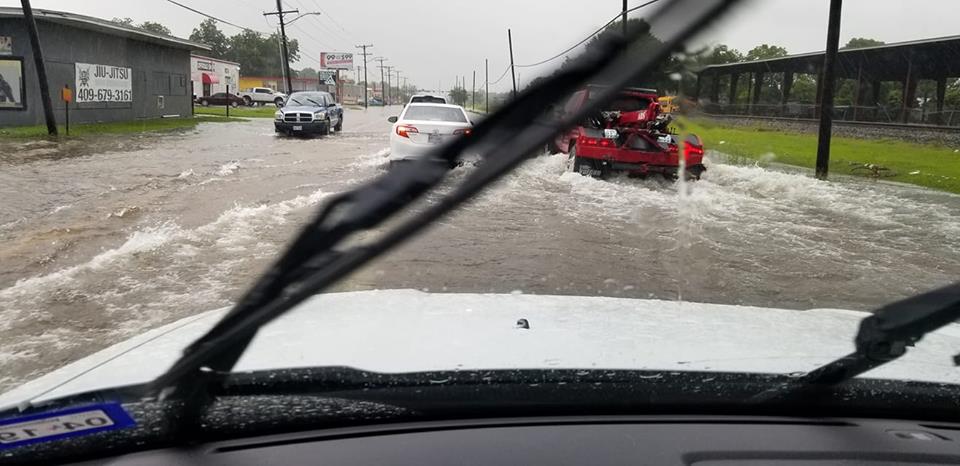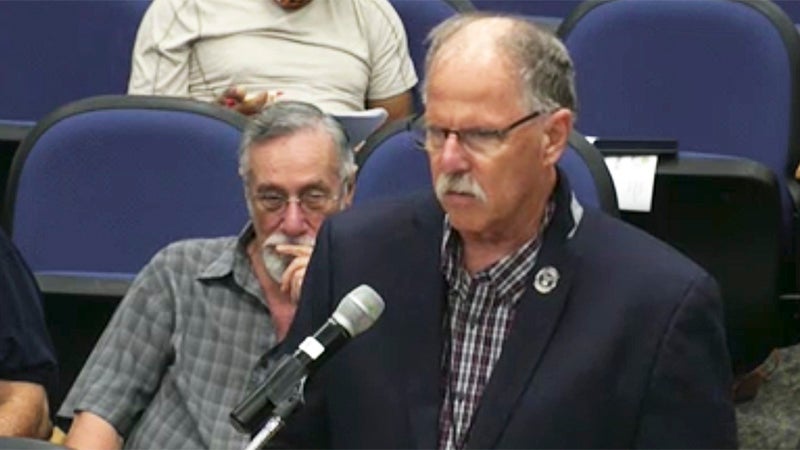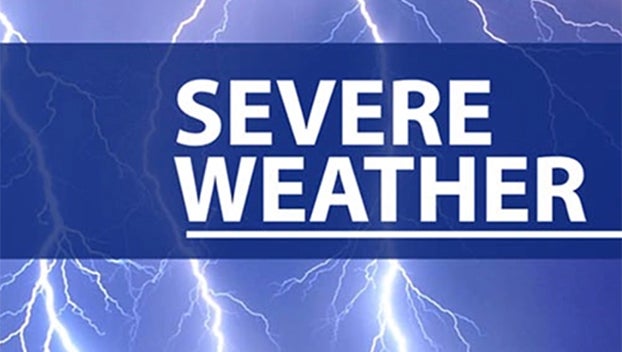Citizens, officials discuss drainage in 2018
Published 2:08 pm Thursday, December 27, 2018
By Chris Moore
chris.moore@panews.com
In the year following Tropical Storm and Hurricane Harvey, drainage in Southeast Texas took center stage. Heavy rainfall and flooding gave locals an all-too-familiar feeling.
In late January, parts of the area received up to 10 inches of rain. The Port Arthur News received several post on Facebook from Port Acres residents saying their homes were flooded and several Facebook pages posted pictures with water reaching their homes and abandoned cars stranded partly under water.
After many complaints about pumps at Drainage District 7 not working properly or being turned on, Port Arthur Mayor Derrick Freeman declared the problem was with debris in ditches causing stormwater to back up into homes rather than reach the pumps.
In an archived story, The Port Arthur News spoke with a family who said they were going to move because of the flooding.
“We’re scared every time it rains it will flood,” she said.
Karen Cauthen, who lives in the Stonegate area, did not see flooding on the same level as Harvey, about five months before. But she said her street flooded so badly she couldn’t drive her truck out of her driveway.
“Part of the problem is not picking up the debris, there is no doubt,” Cauthen said. “I had to get debris from my yard that floated there. It was too deep in the street to get debris from there without wading.”
The next day, The Port Arthur News reported that Freeman and the city turned down a debris-collection service from the Governor’s Commission to Rebuild Texas.
A spokesperson for the commission said the commission had offered this help to Port Arthur numerous times over several months, but the mayor declined the offers until then, although the cost of debris removal was to be reimbursed 100 percent by the state and federal government.
Freeman said Port Arthur had a contract in place with Gulf Crowder, which would make three passes around the city to pick up debris and ended up staying an additional 10 days.
The debris collection business is a competitive one, Freeman said, and he said a number of cities saw their contractors leave to make more money in Florida where cleanup was being performed after Hurricane Irma.
DD7 Manager Phil Kelley said in a prior News article that debris clogging drains had much to do with causing many properties to flood.
“Debris had a lot to do with it and probably would have caused a lot of people to flood. If it was clean, I’m not sure it wouldn’t have had any impact to begin with,” Kelley said.
Fears arose again in June after heavy rainfall caused many roads and homes to flood. Residents pleaded with others to not drive fast in some residential areas as the wakes from vehicles pushed water into homes.
In July, the Jefferson County Commissioners discussed bringing in members of DD7 so they could discuss future plans to ease the impact of large amounts of rain on the area.
Precinct 3 Commissioner Michael Sinegal said if was not DD7’s fault, their representatives needed to come explain it to the court.
“This last rain two or three weeks ago — people’s homes flooded again,” he said. “I would just like to know why that’s happening. Just saying God sent rain is not good enough for me.
“It’s kind of frustrating because I came back Tuesday from a personal situation just for that. Stonegate was flooded. Something is wrong. Something is different.”
After Jefferson County Judge Jeff Branick said the flooding from Tropical Storm and Hurricane Harvey was “an act of God,” Sinegal said he wanted to hear DD7 say that.
“I understand,” he said. “I’m just saying, if it’s God causing the flooding, they need to say, ‘There is nothing we can do about it. We need to build an ark.’”
In August, DD7 took part of a town hall meeting in hopes to clear up any rumors and discuss projects they wanted to pursue with grant funding.
The meeting, hosted by Unite Port Arthur Political Action Committee, allowed citizens to interact with city officials.
Port Arthur Assistant City Manager Ron Burton said the objective was to make Port Arthur more resilient.
“Our focus is on resiliency and mitigation,” he said. “What we have to do is continue to put forward a plan that makes us more resilient to upcoming storms. We are continuing to look at our policies we have in place. We have to look at the acreages as they continued to be developed and what we are going to require of developers as far as retention and detention ponds.”
As for recent flooding concerns, Director of Public Works Armando Gutierrez said floodwaters from Tropical Storm Harvey carried with it a lot of clay and silt and stayed in the drainage after the waters reseeded.
“That’s what we are doing now,” Gutierrez said. “We’re going to clean the pipes and inlets out, but it’s going to take a while. You have to understand that we have miles and miles of pipes and hundreds of inlets in the city and hundreds of manholes, so it’s going to take a while. It is our No. 1 priority.”
DD7 presented several plans to add on or build new retention ponds and new pump stations.
Port Arthur was hoping to get the drainage problem solved soon with the 2020 Census looming. It was important to retain citizens here.
In 2012, Port Arthur reported just over 55,000 residents. Dropping below 50,000 population would cause the city to lose significant federal funding.






